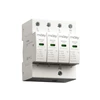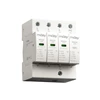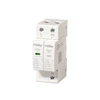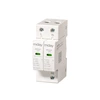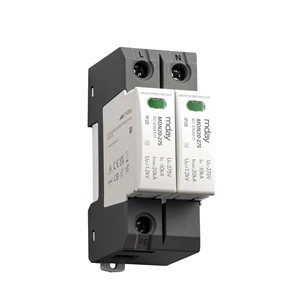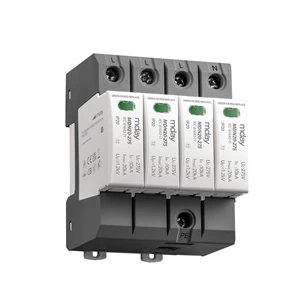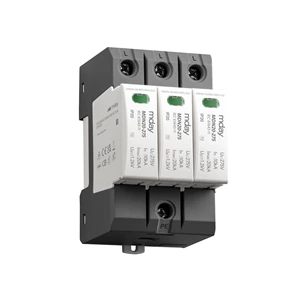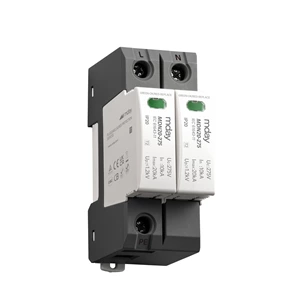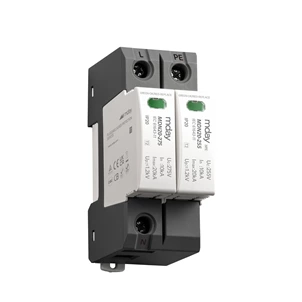Where Should Surge Protectors Be Installed?
With the widespread use of modern electronic equipment, demands for the stability and reliability of power networks continue to rise. As an effective device for protecting electrical equipment, surge protection device play a vital role in various settings. So, where should surge protective device be installed?
First, surge protectors can be installed at the power input point to prevent conducted or induced overvoltages from entering electrical equipment through the incoming lines. As the power input point serves as the “hub” of the entire electrical system, installing surge protectors here safeguards the entire system from overvoltage damage, ensuring normal equipment operation.
Second, surge protectors can also be installed at the output ports of electrical equipment to prevent overvoltages from entering other devices or posing risks to personnel through the output ports. In this scenario, surge protectors act as isolators, preventing overvoltages from the electrical equipment's output from damaging other devices or personnel. They also ensure the stability and safety of the equipment itself.
Additionally, in specific environments—such as areas prone to natural disasters like lightning strikes—surge protectors can be installed at other critical locations, including antennas, thyristors, and AC contactors. This effectively safeguards these vital components from damage caused by natural hazards.
When installing surge protectors, the optimal placement must be determined based on actual conditions. Attention to details such as cable length, material, and joint quality is also crucial to maximize the effectiveness of the installation.
In summary, surge protectors are vital devices for safeguarding electrical equipment against overvoltage damage. Their placement must be determined based on actual conditions to ensure the safety of personnel and equipment, as well as the normal operation of the system. Detailed design and planning are required in practical engineering projects, while adherence to relevant safety regulations and standards is essential to guarantee the stability and reliability of the entire system.


